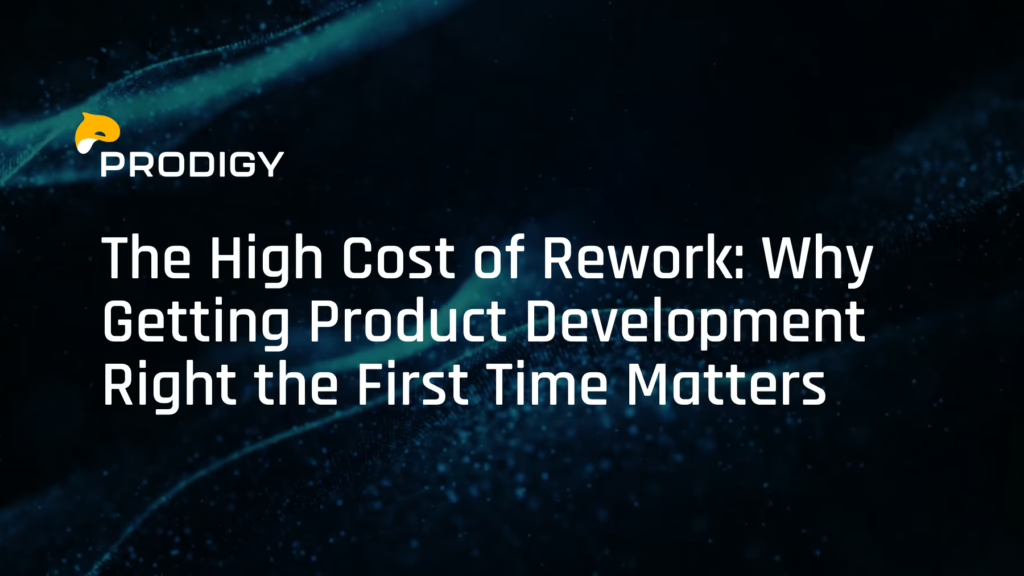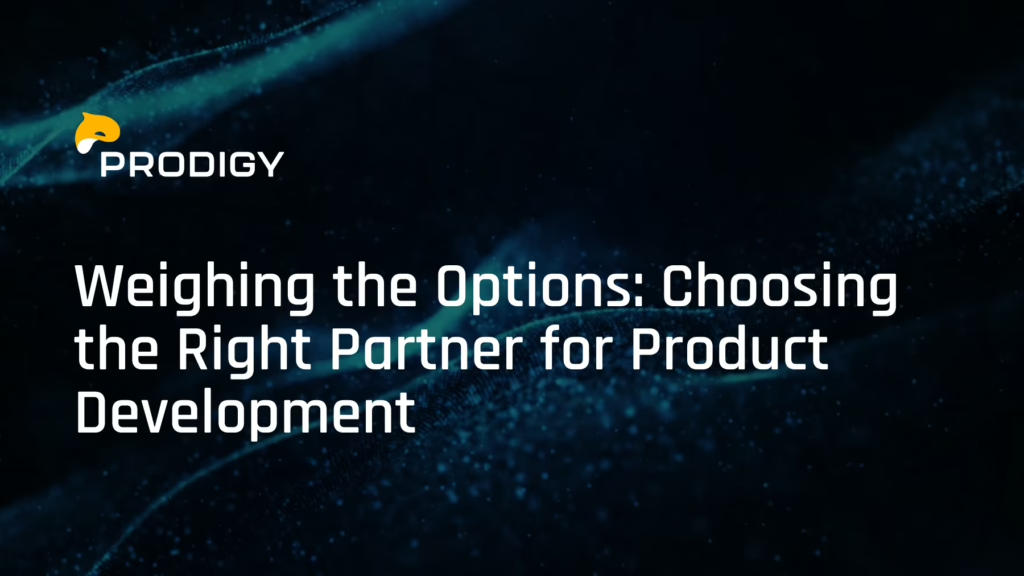Insights
12 Keys to Successful Product Development: How Product Development Teams Manage Risks for Better Outcomes
Successful product development is the process of managing the risks that come with building a product that has never been built before. To manage these risks and reduce the chances of moving forward with a poorly conceived or impossible idea, product development teams need to focus on the following:
- Solid relationships with decision-makers
- Good communication with all team members
- In-depth investigation of concepts and ideas
- Quality prototyping and thorough testing
- The flexibility to scrap ideas and go back to the drawing board
In this article, we outline 12 ways you can achieve the above for better product development outcomes. Let’s get started:
1. Understand the two types of product development failures.
The two types of product development failures can ruin the best-laid plans of you, your client, and everyone involved in a new product idea. These are execution failures and conception failures and most product development teams know them well:
Execution failures: Execution failures relate to the completion of the development process. Any of the following could result in an execution failure:
- Not sticking to schedules or falling behind schedule
- Not executing according to the original plans
- Choosing the wrong people for the team
- Not adhering to an order of operations
- Developing an order of operations that doesn’t make sense
Conception failures: Conception failures relate to finding a great product idea that the market wants and the feasibility of designing and building the product. Any of the following could result in a conception failure:
- The product is not technically feasible from a design and engineering perspective.
- The product is not possible to create considering what is available from today’s manufacturing processes.
- The market is not interested in a product like this.
- Given manufacturing costs, the price of the product is not feasible for today’s market.
- There is a fundamental problem with the product.
2. Identify decision makers and develop professional relationships with those resources.
If you don’t know who the decision-makers and stakeholders are, you could move forward with something that doesn’t align with their vision, leading to a project cancellation after investing a considerable amount of time and work in it.
You won’t always be able to build a relationship with decision-makers and stakeholders, but at least make a good-faith attempt.
3. Create an ironclad set of requirements that the entire team understands and supports.
Too many product development projects fail because no one took the time to record and implement a full set of requirements for the project. Alternatively, they set the requirements in a vacuum without the understanding and support of the entire team—and team members refuse to adhere to them.
To avoid this problem, discuss and brainstorm ideas for requirements with team members and write them down. This will (1) ensure that everyone is on the same page, and (2) gain full adoption and support from all parties involved.
4. Make sure risks are crystal clear and a mitigation plan has been created.
Many risks of product development are obvious to the engineers working on the project, but the client is completely unaware of what they’re getting into. Nobody likes surprises, and a big enough surprise could cause decision-makers to scrap an entire product development process.
For this reason, it’s essential that all known and newly discovered development risks are crystal clear to the customer as early as possible—and that a mitigation plan is put in place to address those risks as soon as they arise.
5. Feverishly manage budgets and schedules
The feverish tracking of budgets and schedules is an effective tool for managing “scope creep.”
While some form of scope creep is common, identifying any variances immediately allows you to correct them before they get so far off track that decision-makers and stakeholders get a nerve-wracking surprise.
6. Treat scope creep like the plague.
Unaddressed scope creep can result in the failure of a perfectly conceived product. This is why it’s essential to address scope creep as soon as possible.
Nevertheless, product development teams should never change scope unless decision-makers are fully on board. If someone wants to change their mind, that is fine—but when changes to scope are involved, everyone needs to know what is involved and the potential costs and other downsides of those changes.
7. Document, document, document.
Recordkeeping is essential at every stage. If you have to go back to the drawing board, good documentation provides a record of previous work to fall back on.
Moreover, when decision-makers need information, keeping good documentation on file allows you to respond immediately when explaining the why, what, and how of different actions and decisions along every step of the product development journey.
8. Talk about tradeoffs early.
It’s very rare that a product can be all things to all people. Since product development teams will have the most realistic view of the technical feasibility of a product and its design, it is important to communicate that view with decision-makers—even and especially if it’s a negative one.
Early communication with stakeholders about potential tradeoffs is a vital part of ensuring a successful product development outcome. By revealing potential problems early, decision-makers have the chance to accept the tradeoffs, design a solution, or abandon the project altogether.
9. Investigate and understand currently available manufacturing technologies, supply chains, and develop a realistic forecast of expected product volumes.
The best product concepts can fail because the product is impossible to manufacture, raw materials are impossible to source, the product is difficult to deliver, or it’s just too expensive to manufacture.
Having a realistic understanding of available manufacturing technologies and supply chain challenges for raw materials and delivery—combined with an understanding of how much product you plan to manufacture—will help you stay realistic. This information will tell you whether the product is technically feasible to manufacture, sell, and deliver—or if it is something you should return to the drawing board.
10. Break the development process up into distinct phases with defined gates.
At Prodigy, we break the development process into four distinct phases: (1) define, (2), design, (3) refine, (4) deploy. Please read more about the phases of the Prodigy product development process on our website.
11. Prove (or disprove) untested concepts early through simulation and/or physical prototyping and testing.
An important part of the product development process involves planning to fail at least some of the time—and learning from it. This allows you to maintain the realism required to retire an idea, go back to the drawing board, and come back for the next round.
Ultimately, the only real failure in product development is to move forward with a product that isn’t going to work. Testing and proving/disproving concepts—and having the courage to scrap them when the data tells you to—is absolutely vital to the entire product design process.
12. Avoid Being “Perfectly Wrong”
All of the above keys help product development teams achieve one of—if not the most—important element of successful product development: “Avoid being perfectly wrong.”
To understand what it means to be “perfectly wrong,” it’s necessary to realize that all product developers face the risk of either (1) poorly executing on a perfectly conceived product; or (2) perfectly executing on a poorly conceived product. In both of these outcomes, a certain level of success was achieved—but ultimately, the product development process failed due to a fatal problem with conception or execution.
Fortunately, by adhering to our “Keys to Successful Product Development” above, we’re confident that you’ll be able to reduce the risk of being “perfectly wrong” in either of the cases—while dramatically increasing the chances of success in every product development endeavor you take on.
Want to Learn More?
If you’d like to know more about our product development process at Prodigy, we hope you’ll get in touch with us. We love talking about our product development process in any and every context.





